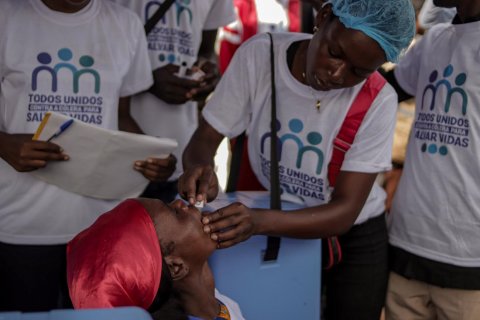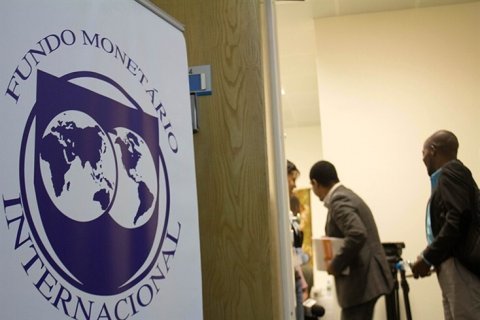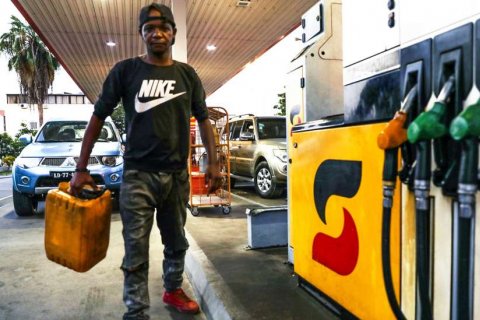Purchases totaled US$5.07 billion, which represents an increase of 29.3 percent compared to the previous half-year, according to the exchange rate evolution report of the National Bank of Angola (BNA).
The oil sector was the largest provider of foreign currency to the national banking sector, providing US$2.1 billion, more than in the previous half-year but a decrease compared to the same period in the previous year.
The diamond sector was the only one that showed a decrease (down 2.8 percent) in half-year terms, but also the only one that saw an increase (up 17.8 percent) in year-on-year terms in the amount of foreign currency provided to commercial banks, with US$675 million.
The other sectors of the economy contributed just over US$1 billion, according to data from the BNA.
The National Treasury provided US$924.5 million (down 33.5 percent compared to the same period in 2023).
According to the report, the BNA, “on an ad hoc basis”, placed resources in the order of 289.6 million dollars on the market, representing an increase of 189.6 million dollars compared to the previous half-year, but less compared to the same half-year period.
With the liberalisation of the foreign exchange market, the BNA ceased to be the main provider of foreign currency, with its sales representing, in the period under analysis, around 5.7 percent of the total purchased by banks, the note states.
The BNA states that “despite the sale of foreign currency by commercial banks, an increase in demand was observed in the second quarter of 2024, which will have influenced the behaviour of the exchange rate”, with a depreciation of the kwanza against the dollar at the end of the period under analysis of 2.9 percent.
International reserves closed the semester with a balance of 14.4 billion dollars, equivalent to around 7.2 months of imports of goods and services.







